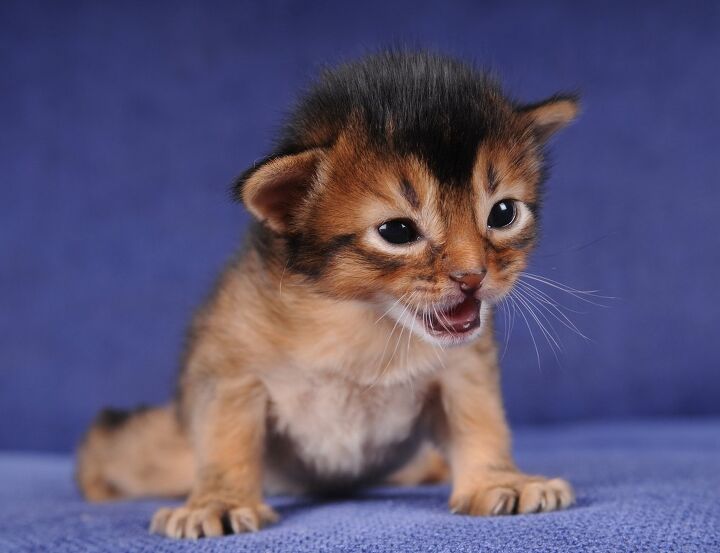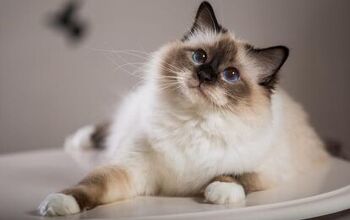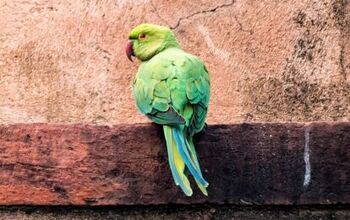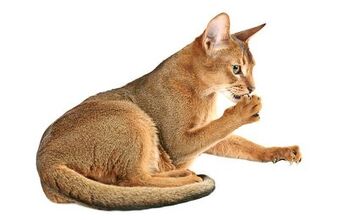Somali


About Somali
The Somali is basically a long-haired Abyssinian and initially their appearance in litters was seen as an undesirable “mistake.” The breed ultimately developed when catteries in the United States cultivated pairings with the recessive gene responsible for the long hair. (The exact origin of the Abyssinian breed is not entirely clear, but they are believed to have been the iconic cats of the ancient Egyptians.) In 1967, Abyssinian breeder Evelyn Mague gave away a “fuzzy” Aby named George. The kitten vanished, and then reappeared in Mague’s life through a rescue organization. George’s life experiences made him anti-social. He was eventually neutered and placed in a new home, but Mague’s interest was piqued by the experience. She began to work on developing a long-haired Abyssinian, which in time became the Somali. In 1972, the Somali Cat Club formed, and the breed was exported to Europe in 1977. The Somali was awarded championship status in 1978 by the Cat Fancier’s Association and since that time has become a popular breed in both Europe and the U.S.
Alert and personable, the Somali is an intelligent cat that loves life.
Alert and personable, the Somali is an intelligent cat that loves life. They will play with anything — including bowls of water — for hours on end. These cats adore human companionship, rising to any occasion to be even more delightful companions. They are only lap cats by turn because there’s just too much to do in a day! Endlessly curious, a Somali lives to investigate. They are attention seekers, and cannot imagine you don’t want their input on just about everything. Because of these traits, they shouldn’t be left alone for long periods without another feline companion. Somalis are especially attracted to movement, including that of running water. Be warned. When a Somali goes rocketing after a bug, your furniture, curtains, and anything else that is in the way — including you — is in danger of being plowed over. There’s nothing more single-minded than a Somali on the “hunt.”
The Somali is called a “little fox” in tribute to its often ruddy coat and full, flowing tail. The coat is ticked, but with striking dark markings on the face, ears, and hocks. Medium in size and well-balanced, this muscular cat in keeping with its clownish, full-blown approach to life. Their eyes are large and almond shaped in tones of rich cooper to vibrant green. The ears are large and well spaced, completing the “fox like” appearance. Given the high level of affable sociability and curiosity seen in this breed, they are strictly indoor cats.
There are four recognized colors for the Somali: Red, Ruddy, Blue, and Fawn. The agouti or “ticked” coat features multiple shading in bands on each individual hair.
Although the coat is long and plush, it requires relatively little care. A five minute brushing and/or combing twice a week is recommended, with slightly more attention in the spring when the cat will be shedding its winter coat. If a Somali does require a bath, be prepared for a real mess. These cats love to play in water and are all too willing to “help.”
Photo credit: Nataliya Kuznetsova/Shutterstock

Amy Tokic, Editor of PetGuide.com, is a passionate animal lover and proud pet parent of Oscar, a Shih Tzu/Chihuahua cross, and Zed, a Japanese Chin. Her love of animals began in kindergarten, when she brought her stuffed dog Snoopy into class with her every day. Now, she writes about her adventures in pet ownership and tirelessly researches products, news and health related issues she can share with other animal enthusiasts. In her free time, Amy loves perusing used book and record stores, obsessing over the latest pet products available and chasing squirrels with wild abandon (a habit attributed to spending too much time with her pooches).
More by Amy Tokic

























